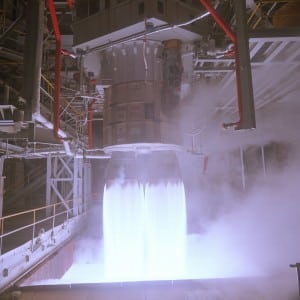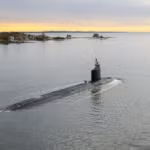
With an industry day scheduled to take place Thursday and Friday at Los Angeles AFB, Calif., the field of companies vying for the Air Force’s multi-billion dollar next generation rocket engine is becoming clearer. ATK [ATK], Blue Origin-United Launch Alliance (ULA) and Aerojet Rocketdyne have all formally announced their intent to bid for the Air Force’s next-generation engine program. Space Exploration Technologies Corp. (SpaceX) is also working on a next-generation engine called Raptor, but spokesman John Taylor on Tuesday declined…













